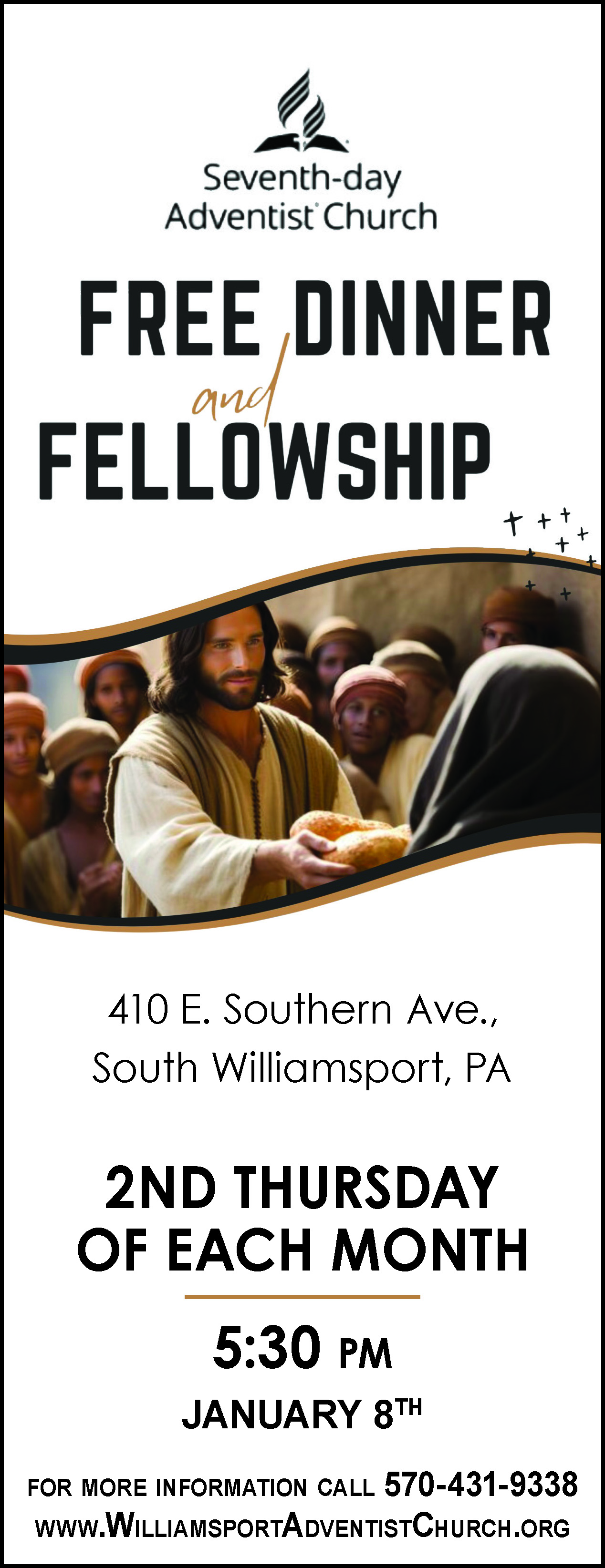If you have ever daydreamed about doing some hunting out west, there are some inexpensive opportunities available that won’t break the bank like a 2-week fully guided pack horse trip for elk and mule deer might do. You can have a wonderful experience hunting the eastern plains of Colorado, for example, and some of the hunting is available year ‘round. Let’s look at some of the opportunities that are open to non-residents of various western states.
Probably the least costly big game animal in North America to hunt when hunting out west is the pronghorn. It is also called a pronghorn antelope and nicknamed “speed goats” or, as the locals in Colorado say, just plain “goats.” It can run at a sustained speed of 35 miles per hour for 4 miles and can reach a maximum speed of 60 miles per hour, making it the second fastest land animal — second only to the cheetah. They possess excellent eyesight, which, combined with their exceptional speed, allows them to avoid predation by coyotes, wolves, cougars and sometimes golden eagles. They are grazers that can be found throughout most of the states west of the Rockies, usually in the open plains. They can be hunted in various archery, muzzleloader or firearms seasons in the fall.
And then, there is the wily coyote. Huntable throughout the United States, and often pursued here in Pennsylvania, the coyote is targeted by many hunters when on a western hunt for big game animals. In the western states coyote hunting requires a much different approach than when hunting them here in the east because of the open terrain where they are found. Throughout most of the western states, as here in Pennsylvania, there is no closed season on coyotes and there is no limit to the number you can take. Since they are most easily pursued in an open plains settings, hunting them lends itself to longer range shooting – usually at several hundred yards, with distances up to 1,000 yards or more being possible. Spot and stalk is a method used by some hunters, but more often they are hunted by calling, either with a hand held call or an electronic caller.
Finally, one of the most popular species to go after out west is the lowly prairie dog. This burrowing rodent is native to the grasslands of North America and is a type of ground squirrel that weighs in at about 2 pounds. They need very little water, as the vegetation they eat provides enough hydration. They are very social animals and live in close-knit family groups, usually consisting of one adult male, one or more adult females and their young offspring. These groups live together in wards and several wards make up a town. The burrows that they make can pose a danger to livestock and they are known to be susceptible to plague. For this reason, most ranchers welcome a hunter who is looking for a property where he can hunt prairie dogs. Generally, prairie dog hunting is not regulated in any way. The only thing you need to do is make sure that you have a landowner’s permission to hunt them. They can be taken at closer ranges out to almost 100 yards with a .22 caliber rifle, but are often taken at several hundred yards with a higher caliber longer-range rifle.
If you are interested in traveling out west to do some hunting, prairie dogs and coyotes provide probably the best opportunity to obtain a landowner’s permission to trespass on his land. As long as you show some common courtesy and respect for the landowner and are interested in helping him reduce or control the numbers of predators or pests on his property, a rancher is usually open to your request. It also provides an opportunity to develop a relationship with a rancher — a relationship that just might lead to being able to hunt small game or big game on the same ranch.
Next week, come along with me as I will put all of this information into action and relate how things unfolded on a recent trip to the plains of eastern Colorado in pursuit of pronghorns.




Leave a Comment
Your email address will not be published. Required fields are marked with *